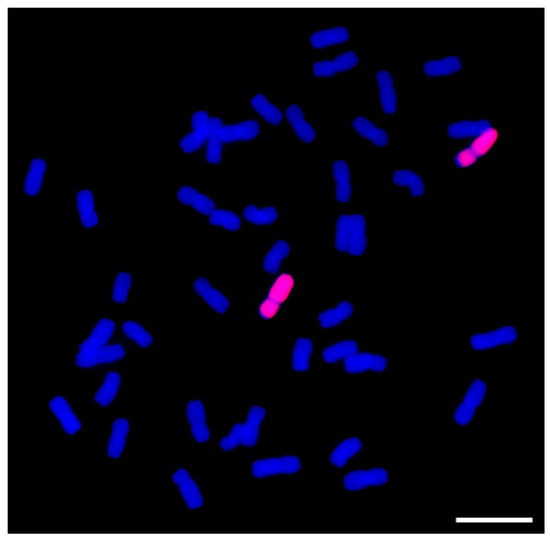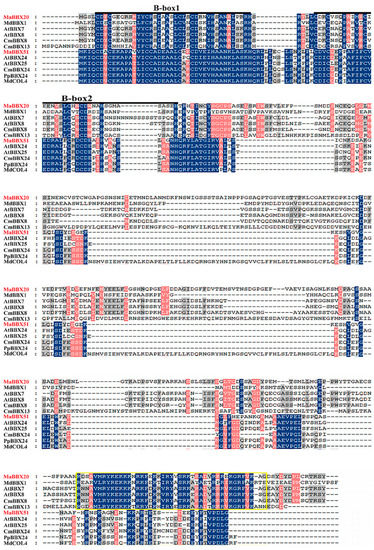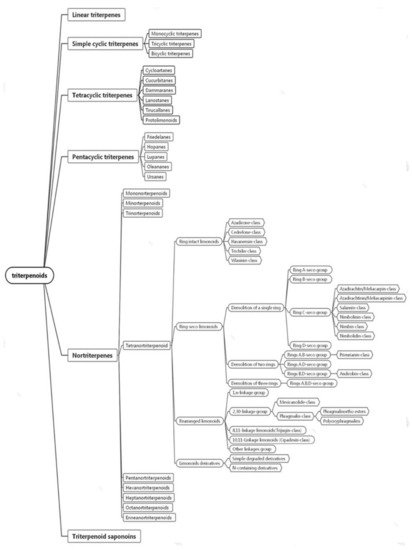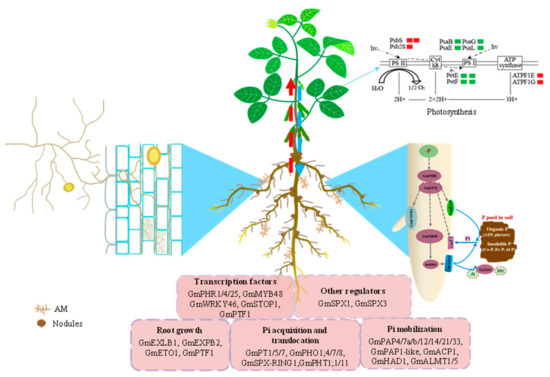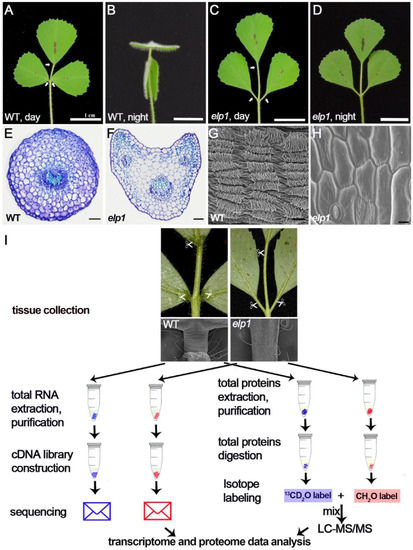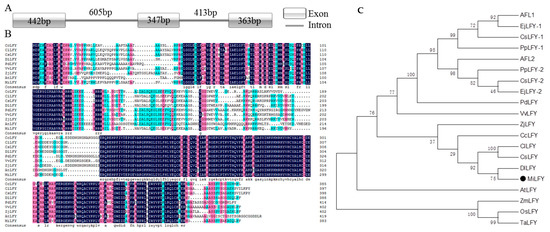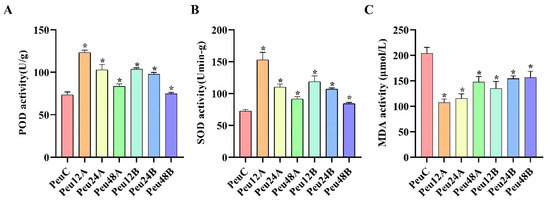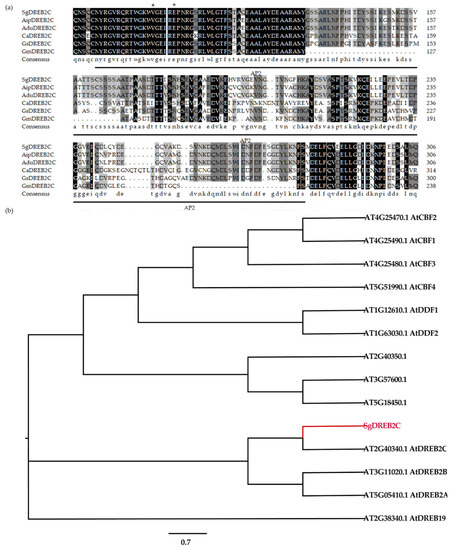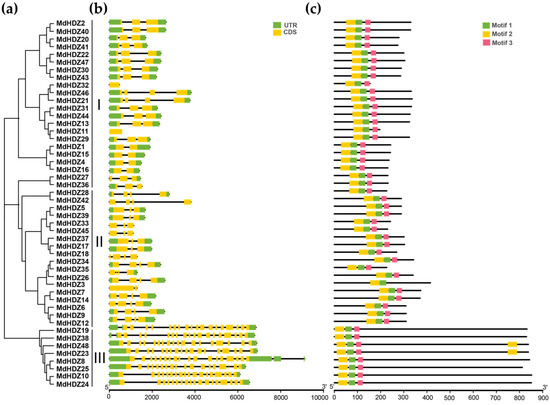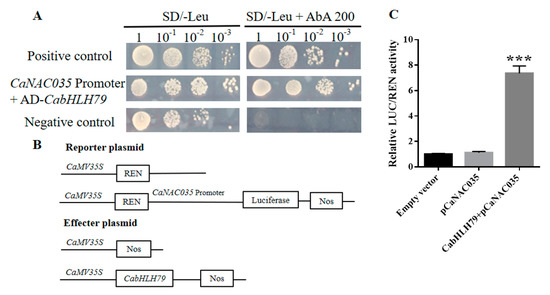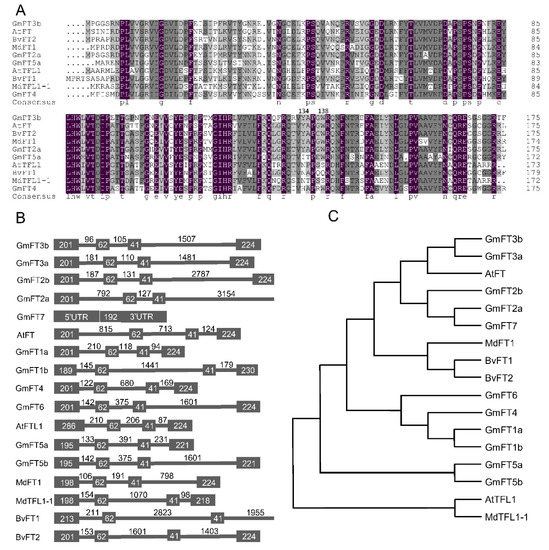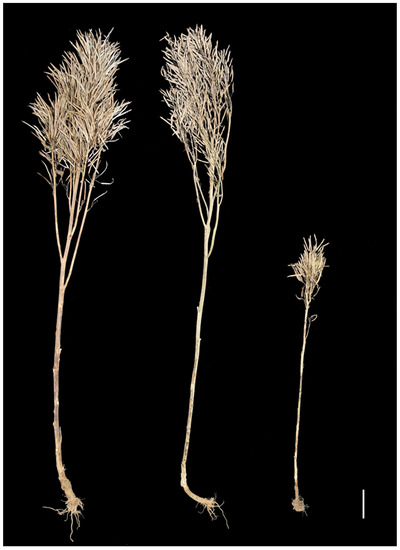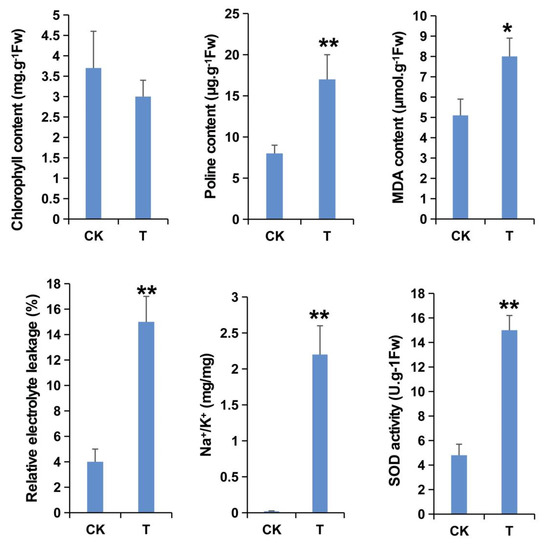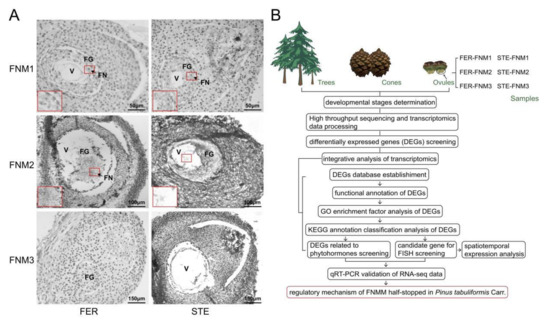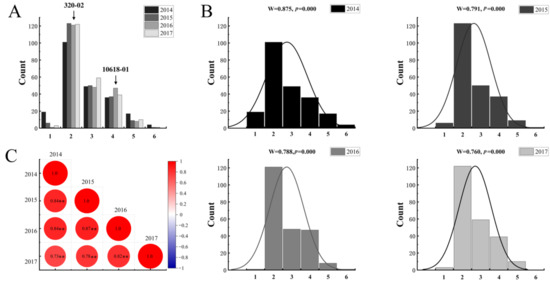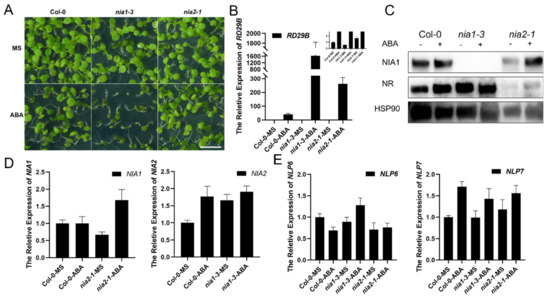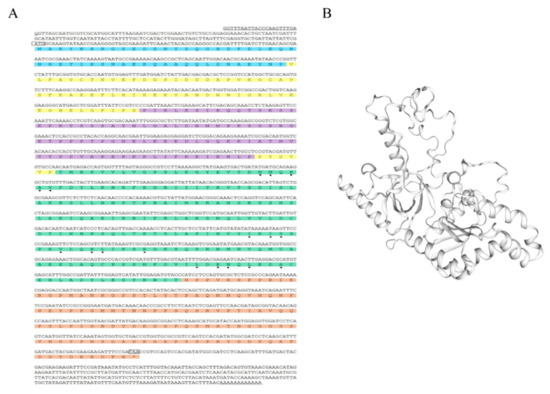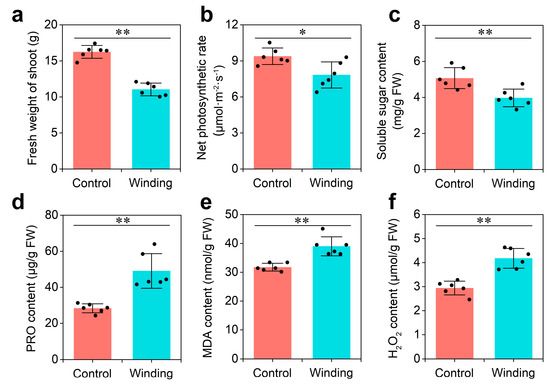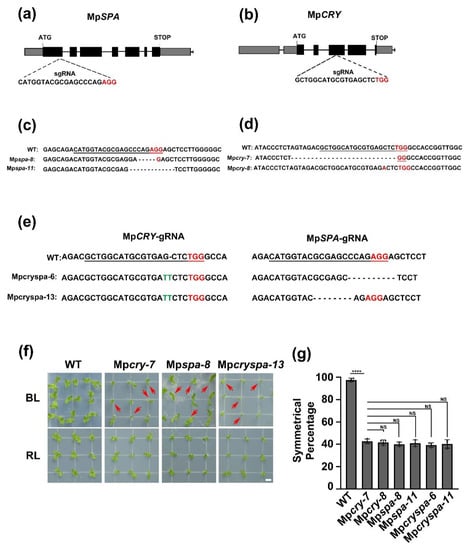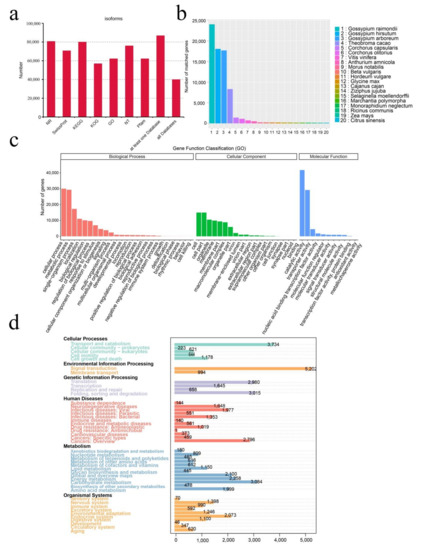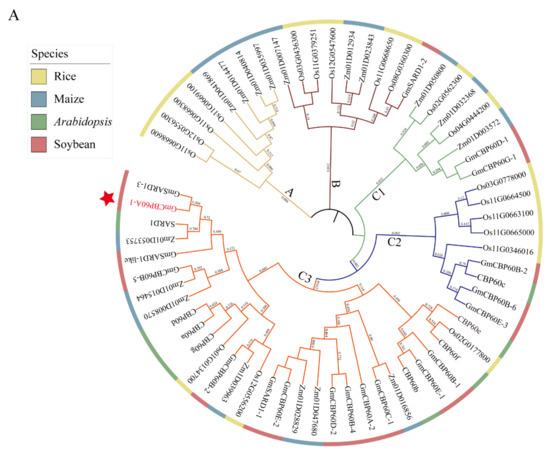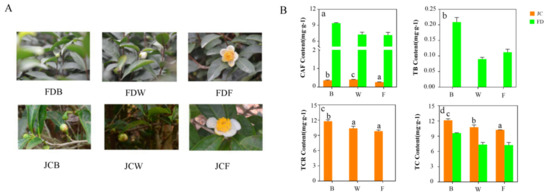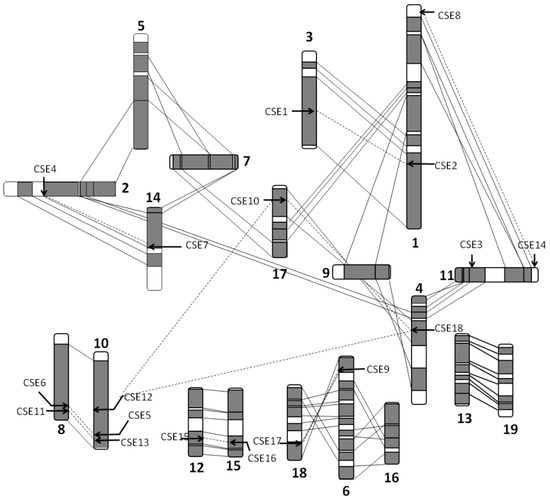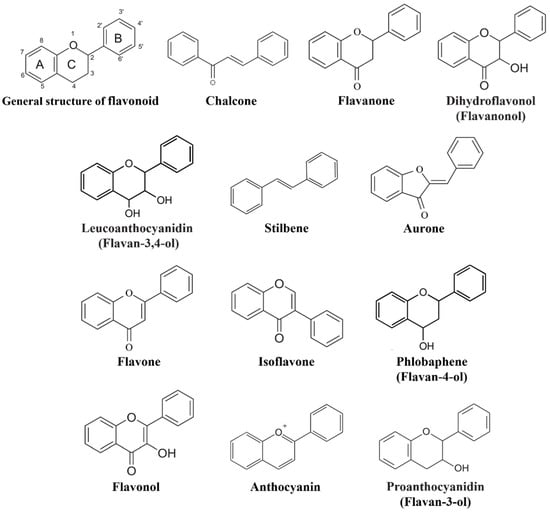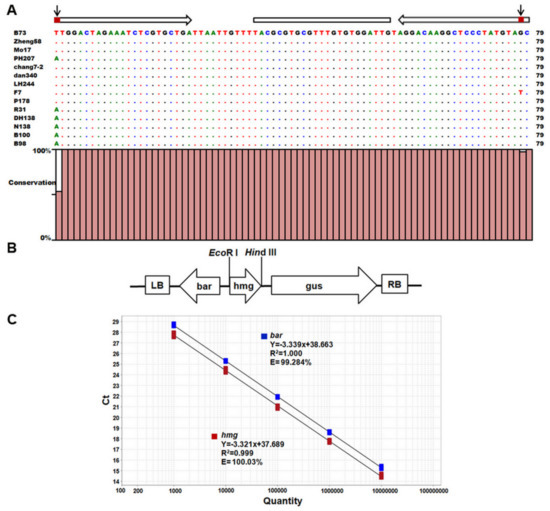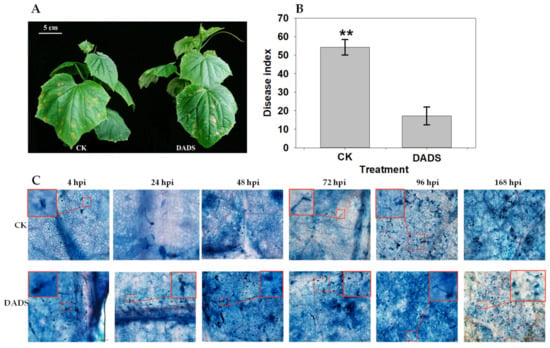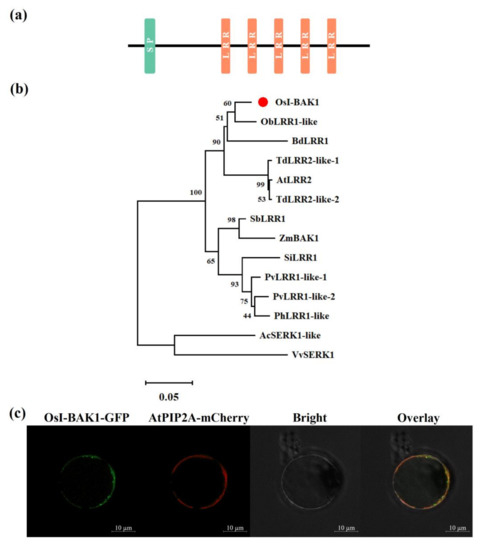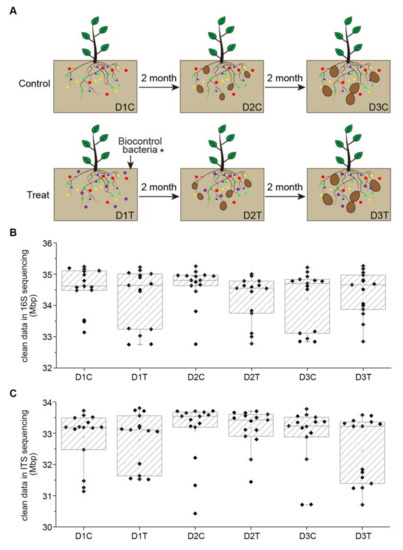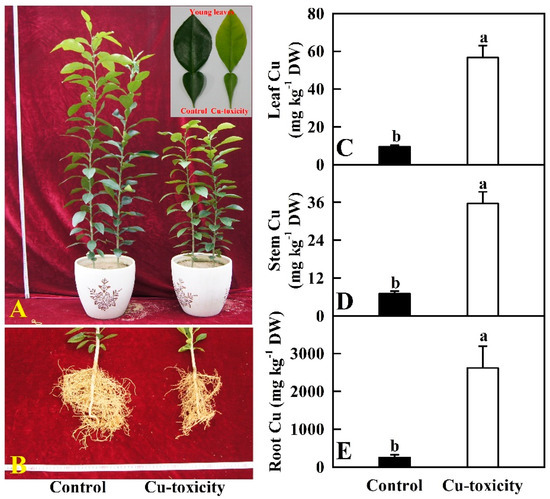Recent Advances in Plant Molecular Science in China 2021
A topical collection in International Journal of Molecular Sciences (ISSN 1422-0067). This collection belongs to the section "Molecular Plant Sciences".
Submission Status: Closed | Viewed by 156184Editors
Interests: bioinformatics; disease; long non coding RNA; plant biology
Special Issues, Collections and Topics in MDPI journals
Interests: wheat; genetic transformation; gene editing; molecular genetics
Special Issues, Collections and Topics in MDPI journals
Interests: trace elements; plant metal transporters; transcriptional regulation; phytohormones; signaling transduction
Special Issues, Collections and Topics in MDPI journals
Topical Collection Information
Dear Colleagues,
This Topical Collection aims to provide a comprehensive overview of recent advances in plant molecular science in China by inviting contributions from Chinese research institutes/laboratories that consolidate our understanding of this area. Potential topics regarding plants include, but are not limited to: biophysics, biochemistry, and molecular biology; cell biology; physiology; genomics/epigenomics; proteomics and metabolomics; bioactive phytochemicals; plant–microbe interactions; developmental biology; pests and diseases; synthetic biology; computational biology, and the development of new technologies in plant sciences. In this collection, we welcome submissions for comprehensive reviews or new research advancements in—but not limited to—all of the above-mentioned areas.
Dr. Changning Liu
Dr. Ke Wang
Prof. Dr. Jin Xu
Collection Editors
Manuscript Submission Information
Manuscripts should be submitted online at www.mdpi.com by registering and logging in to this website. Once you are registered, click here to go to the submission form. Manuscripts can be submitted until the deadline. All submissions that pass pre-check are peer-reviewed. Accepted papers will be published continuously in the journal (as soon as accepted) and will be listed together on the collection website. Research articles, review articles as well as short communications are invited. For planned papers, a title and short abstract (about 250 words) can be sent to the Editorial Office for assessment.
Submitted manuscripts should not have been published previously, nor be under consideration for publication elsewhere (except conference proceedings papers). All manuscripts are thoroughly refereed through a single-blind peer-review process. A guide for authors and other relevant information for submission of manuscripts is available on the Instructions for Authors page. International Journal of Molecular Sciences is an international peer-reviewed open access semimonthly journal published by MDPI.
Please visit the Instructions for Authors page before submitting a manuscript. There is an Article Processing Charge (APC) for publication in this open access journal. For details about the APC please see here. Submitted papers should be well formatted and use good English. Authors may use MDPI's English editing service prior to publication or during author revisions.
Related Special Issues
- Recent Advances in Plant Molecular Science in China 2022 in International Journal of Molecular Sciences (32 articles)
- Recent Advances in Plant Molecular Science in China 2023 in International Journal of Molecular Sciences (9 articles)
- Recent Advances in Plant Molecular Science in China 2024 in International Journal of Molecular Sciences (1 article)








